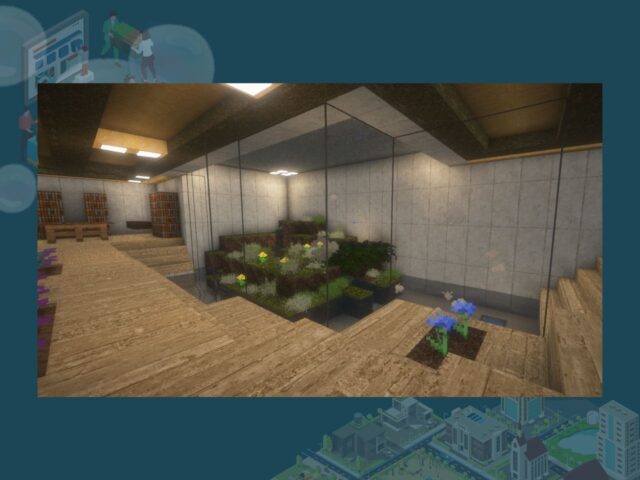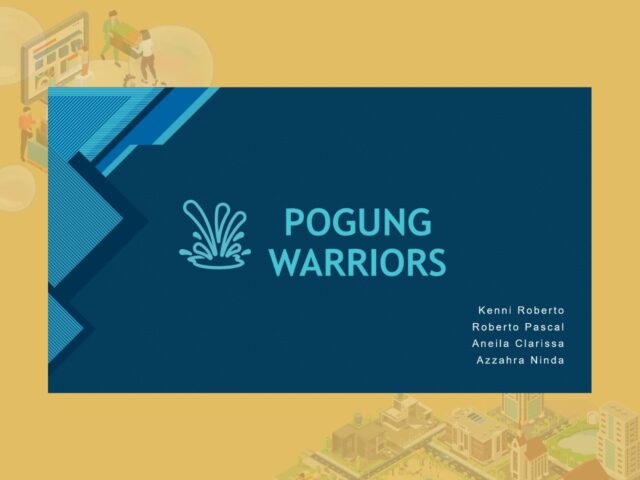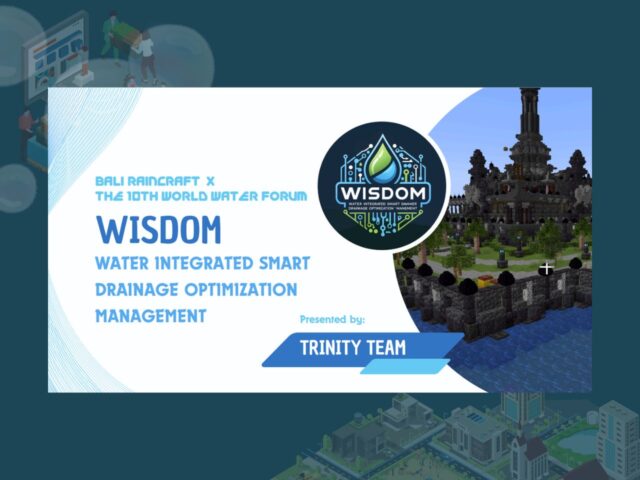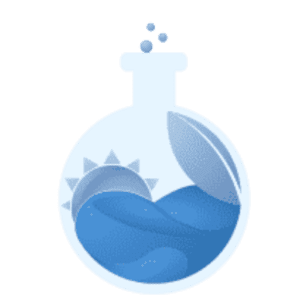Team Introduction
Team B is a group of youths comprising Muhammad Dimas Mahardika, Jesslyn Jie, and Goura Pattiselanno. The three of us first met online when assigned to the same team for the Bali Raincraft x The 10th World Water Forum program. Dimas and Jesslyn are recent engineering graduates, and Goura, on the other hand, is pursuing a bachelor’s degree in International Relations.
Context
The Renon Water & Environmental Hub Masterplan is a plan to develop a complex of flood and rainwater infrastructure, an edu-eco-tourism destination, and a community hub intended to transform Lapangan Puputan Renon area into a leading benchmark water-resilient community. It was developed to overcome urban flooding and clean water shortages at Lapangan Puputan Renon and the surrounding neighborhood. Due to the intensively extreme low and high precipitation trends, and a lack of sustainability awareness and initiatives among residents and visitors, these problems remain consistent.
Details on the Proposed Solution
A majority of the hub will be built underground so that the structures will be in line with the already existing drainage at Lapangan Puputan Renon, government offices, and the nearby Renon neighborhood. Building in this area will ensure that the hub will directly impact the local community (residents) at Renon and the frequent visitors who use the park, those who experience these problems directly. The Renon Water & Environmental Hub Masterplan focuses on two core initiatives: water infrastructure development and community environmental engagement.
a. Water Infrastructure Development
For this initiative, a blue-green infrastructure, a communal rainwater pond, will be built within the government offices. The pond will further be used to collect rainwater from the neighborhood and transported to it via the drainage. After that, the constructed wetlands are used to implement natural (plant-based) water treatment methods for the collected rainwater. The result will be clean and usable water that is available for the residents of Renon to use. This whole process can be viewed underground within the hub and museum, which runs alongside the drainage.


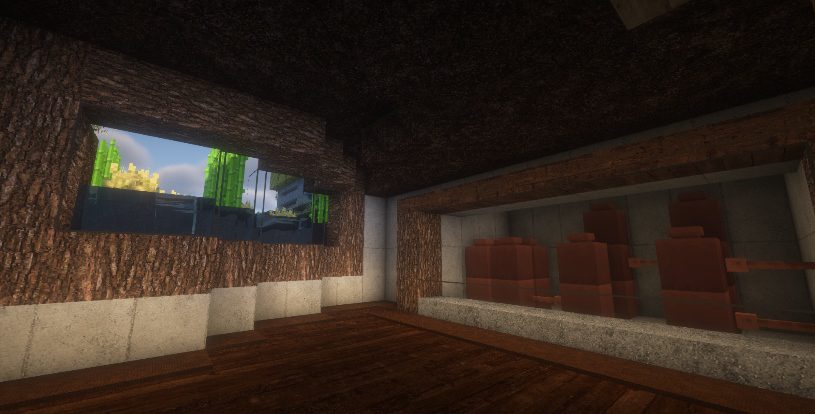
(from left to right) Rainwater Pond and Constructed Wetland Treatment Plant
b. Community Environmental Engagement
To strengthen the previous initiative, a museum, communal space, and exhibition centers are to be constructed underground beneath the government precinct and neighborhood so that they surround the rainwater pond and run alongside the drainage.
To increase engagement, the local community will be involved to co-design and participate in the decision-making and management of the hub & museum. Not only that, but the museum will also have different sections to educate the visitors (local and tourists) about the hydrological cycle, water issues & innovations, water treatment methods, construction materials suitable for water infrastructure, and the importance of water in Balinese culture. As a tourism destination, the museum, communal space, and exhibition centers will be able to generate revenue that will be used for the management and upkeep of the hub & museum.
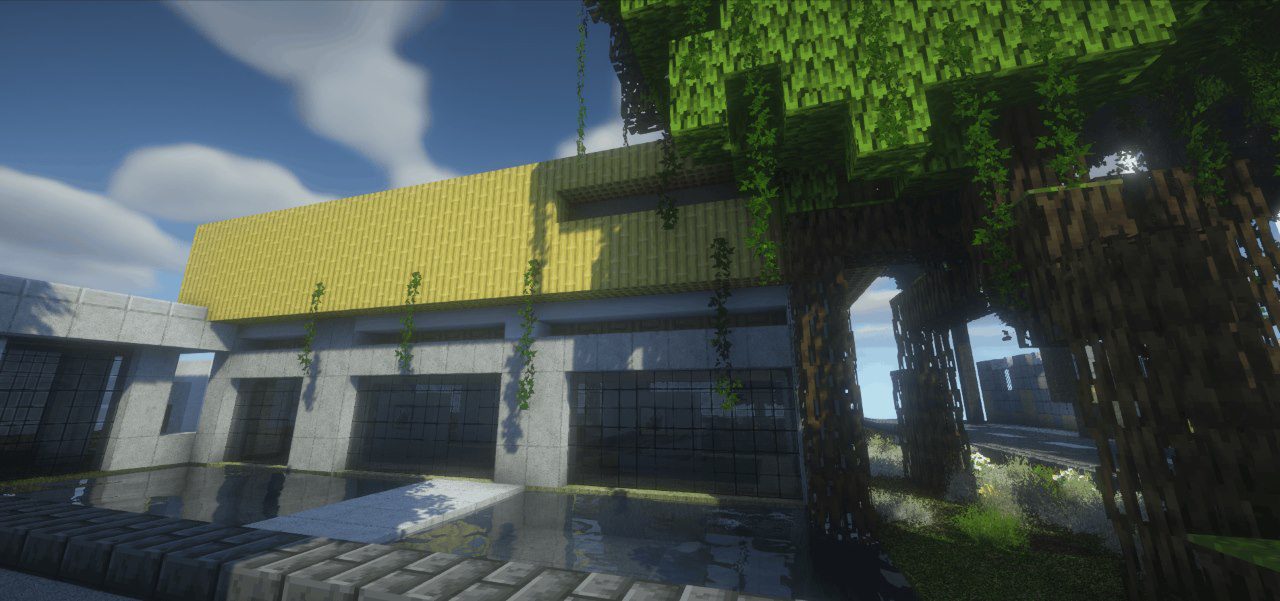

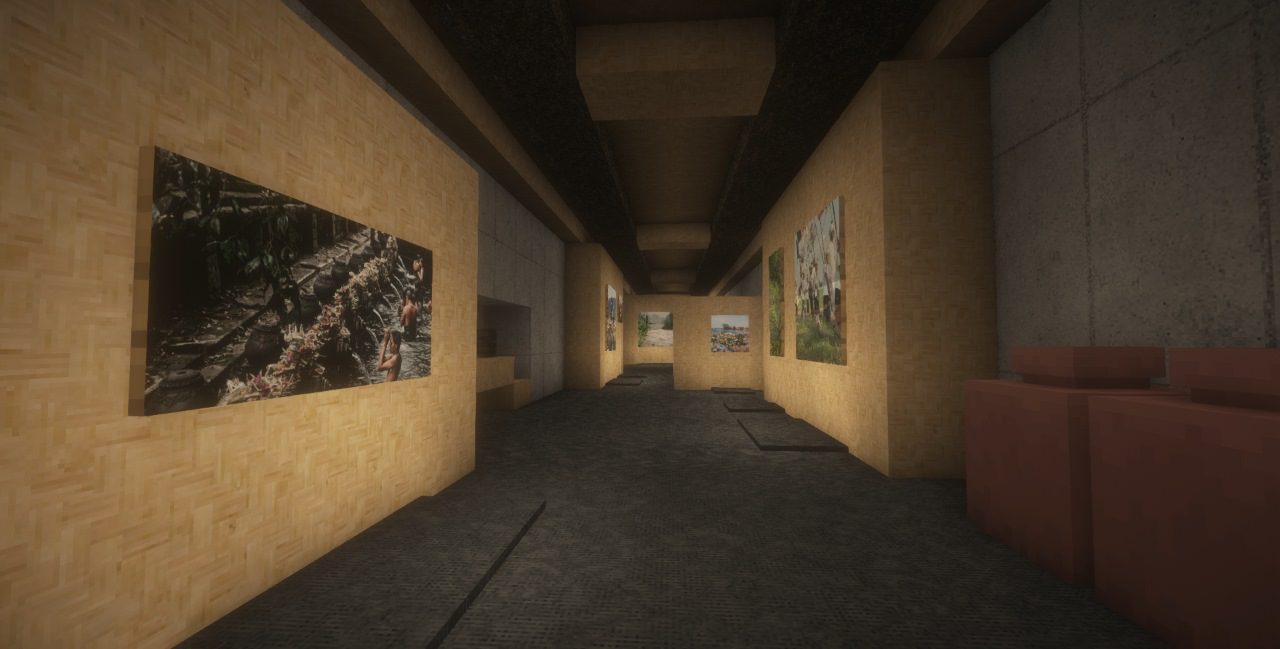
Glimpse of our Museum
By combining both structures, we hope to manage the runoff/rainwater and repurpose it into clean and usable water for the local community while increasing community engagement and awareness.
Expected Impacts
With the presence of the Renon Water & Environmental Hub, we expect approximately 20% flood volume reduction in the case of a flood event with a 5-year return period, an additional availability of 10 m3 of clean water per household for more than 90% of the population, an economic activity uplift by up to approximately 1.3 billion IDR annually, and also an increasing number of people becoming more educated on water & climate topic after visiting the hub & museum (approximately 25,000 visitors annually).
Some additional impacts expected from our solutions are waste reduction & food security from nature-based solutions activity within the environmental center and an increase of open green space from land use activity surrounding the environmental center. With this, we hope that Lapangan Puputan Renon can transform into a water-resilient community supported by a sustainable community, infrastructure, and destination development.
See more of our solution below:

Written by (in alphabetical order): Goura Pattiselanno, Jesslyn Jie, and Muhammad Dimas Mahardika

